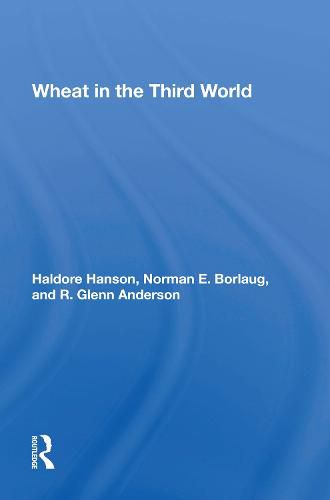Readings Newsletter
Become a Readings Member to make your shopping experience even easier.
Sign in or sign up for free!
You’re not far away from qualifying for FREE standard shipping within Australia
You’ve qualified for FREE standard shipping within Australia
The cart is loading…






Many developing countries have adopted new wheat production techniques to expand food supplies, but opportunities for raising output further and improving farmers’ livelihoods remain great. In this book, three internationally recognized experts associated with the International Center for Maize and Wheat Improvement (CIMMYT) address decision makers in developing countries and international agencies, providing essential information about the prospects for increasing wheat productivity. The authors examine the characteristics of the wheat plant as a crop and as a food, explore recent scientific findings related to producing and handling the crop and suggest important areas for future research. They also look at specific wheat production problems and potentials in eight countries and propose means of organizing and operating an effective national wheat program. The book closes with a forecast of the outlook for food, wheat, and population to the end of the century.
$9.00 standard shipping within Australia
FREE standard shipping within Australia for orders over $100.00
Express & International shipping calculated at checkout
Many developing countries have adopted new wheat production techniques to expand food supplies, but opportunities for raising output further and improving farmers’ livelihoods remain great. In this book, three internationally recognized experts associated with the International Center for Maize and Wheat Improvement (CIMMYT) address decision makers in developing countries and international agencies, providing essential information about the prospects for increasing wheat productivity. The authors examine the characteristics of the wheat plant as a crop and as a food, explore recent scientific findings related to producing and handling the crop and suggest important areas for future research. They also look at specific wheat production problems and potentials in eight countries and propose means of organizing and operating an effective national wheat program. The book closes with a forecast of the outlook for food, wheat, and population to the end of the century.